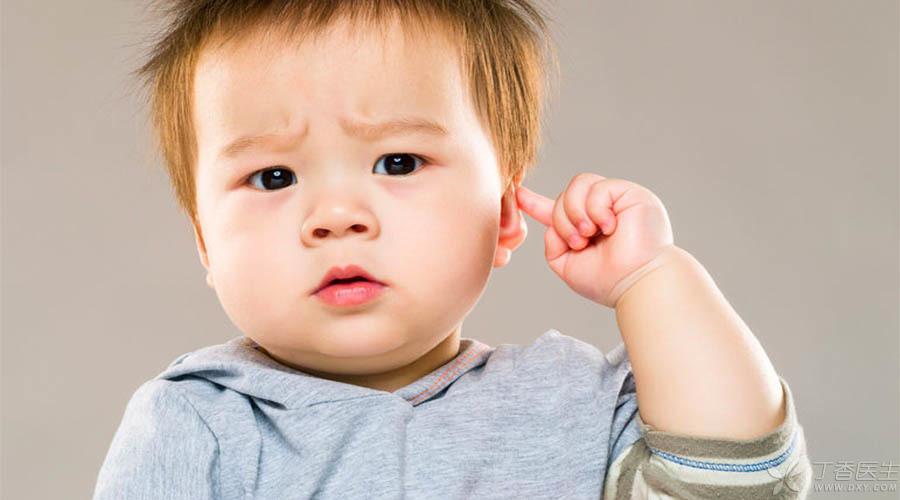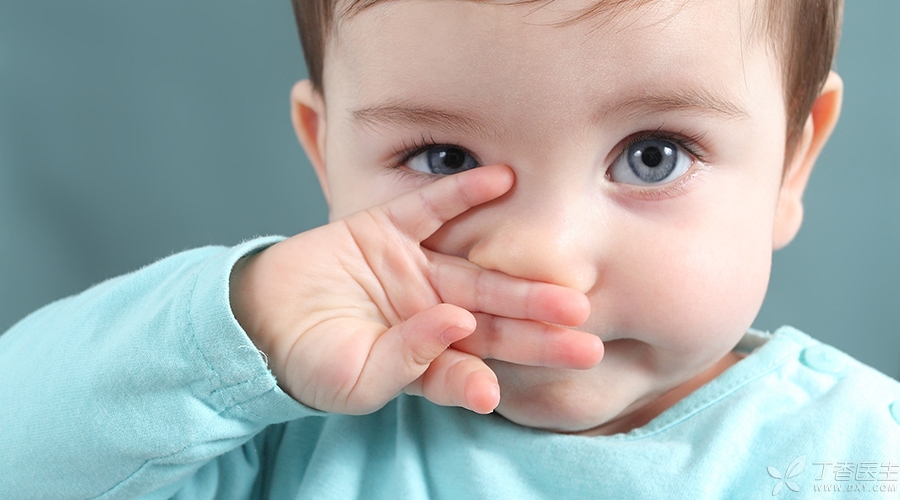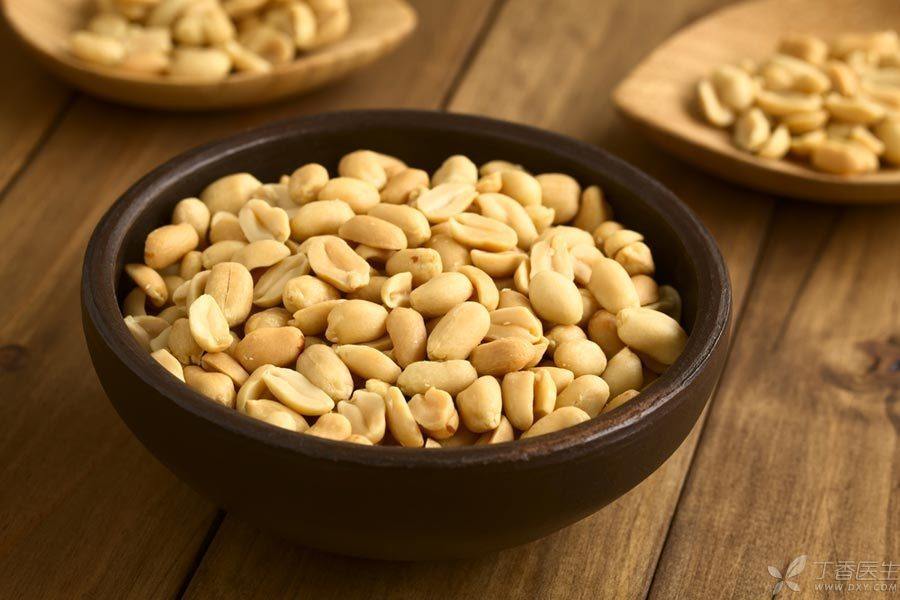
After the baby starts to add supplementary foods, parents will come into contact with the two words [allergy] and [intolerance], both of which are due to discomfort caused by food, so many people will confuse them.
Eva felt uncomfortable with diarrhea after eating XX. It must be allergic!
Allergy means that you are not used to this food. If you eat it several times more and accept it, you will get better.
However, [allergy] and [intolerance] are really not the same thing, and the health risks of [allergy] to babies far exceed your imagination.
According to statistics, about 30% of parents think that their children have adverse reactions after eating certain foods. Among them, allergic reactions can account for about 3% ~ 10% of all children, especially babies around the age of 1, and the risk of allergy is greater.
Once, a mother left a message about one of her cases: the baby was allergic to peaches, and she felt fine. She wanted to [exercise the baby] and gave the baby fruit juice containing peach juice from time to time. As a result, the baby was hospitalized with severe allergy, and she was criticized by the doctor as [ignorant].
Is there a difference between food allergy and intolerance in what? How to prevent food allergy? Dr. Clove invited pediatrician Kong Lingkai today to give you an in-depth explanation.
[Allergy] and [Intolerance], really different

Food intolerance is the food we eat, because the lack of related enzymes in the body leads to inability to be fully digested and utilized. These undigested foods stimulate the body and cause discomfort.
For example, you feel very comfortable drinking 200 ml of milk, but if you are allowed to drink 2,000 ml of milk at a time, you may feel abdominal distension, abdominal pain and nausea. This is because lactase is used up, lactose in milk cannot be digested, and bacteria ferment it into gases and acidic substances in intestinal tract, causing you to feel uncomfortable.
However, food allergy is different. As long as the intake of food exceeds an upper limit (this upper limit is very low, basically it is enough for you to touch it), a reaction will occur. Ten more points are also the same reaction.
Food intolerance is related to the dose of food intake. It’s okay to eat less. The more you eat, the more severe the symptoms. If you find that the child is like this, it is food intolerance. Then eat less next time.
If you drink a mouthful of milk, you will also have an uncomfortable reaction. If you drink bottles of milk, you will also have this reaction. As long as you drink milk, the reaction will come.
The most accurate judgment method is [avoidance-stimulation test]: if the child has allergic reaction after eating certain food; After that, stop taking this kind of food and the allergic reaction disappears. After that, if you ingest this kind of food again, you will have another allergic reaction. The intensity of the two allergic reactions can be different.
If you really did the above test inadvertently (that is, after avoiding food, you gave it to your child inadvertently), there is no danger of what, but there are allergic reactions in your child, then congratulations, your baby has been diagnosed with food allergy and can be determined without any other examination.
Food allergy, can we [use poison to attack poison]?

Some parents will think that the child’s allergy is that he is not strong enough. I will use poison to attack poison and keep letting the child try this food. After a long time, the child will be better.
The idea is very good, but it is true but not recommended.
Because you don’t know the dosage well, you will be poisoned.
Constantly stimulating a child with a large amount of [drugs] will not only fail to exercise his immune system, but will annoy him, causing his body to be in an allergic state all the time and his symptoms to become more serious.
This is like sprinkling salt on the wound. How is it possible to exercise the wound well? How can the wound be healed? Remove the salt to avoid further damage and give the wound time to heal. When the wound is completely healed, it will not hurt to sprinkle salt.
Allergy is like a wound. Allergic substances are like salt. Do parents know how to do it?
Why does my baby really get used to it when she continues to eat?
Returning to the above, it is possible that your baby is not food allergic, but food intolerant.
Baby food allergy, how to deal with?

The manifestations of food allergy are as follows. If the baby has the following conditions after eating certain foods, he should pay more attention to them:
- Skin and mucous membrane symptoms: urticaria, angioedema, oral cavity, skin pruritus, etc. Digestive tract symptoms: nausea, vomiting, diarrhea, abdominal pain, abdominal distension, constipation, etc. Respiratory tract symptoms: runny nose, laryngeal edema, asthma, etc. Severe food allergy can lead to respiratory failure, shock and even death.
If there is really food allergy, urticaria, itching and red and swollen lips on the child’s body, don’t panic, most of them can get well and monitor the child’s condition. If it gradually improves, then don’t worry.
If the redness and swelling become more and more severe, go to the hospital and ask the doctor to prescribe some antihistamines.
If it is still worsening, it must be observed in the hospital, because if there is serious respiratory tract obstruction or systemic allergic reaction, it is still quite dangerous.
Is there any way to prevent food allergy?

Although there is no 100% way to prevent food allergy, mothers can still reduce the risk of allergy through these two points:
STEP 1 Pay Attention to Allergic Foods
There are 8 kinds of foods that are most likely to cause allergy:
- Milk and dairy products, including milk, goat’s milk, milk powder, and cakes and biscuits containing milk, are counted. Eggs, eggs, duck eggs, goose eggs and quail eggs are all eggs. Shellfish, such as shrimps, crabs and oysters; Fish; Soybean; Peanuts; Nuts, such as almonds, cashew nuts, etc.; Wheat;
2. Breastfeeding the child at least until the age of 6 months after birth: breast milk can reduce the intake of food protein by the immune system and reduce food allergy; There are bacteria around the nipple, so breast feeding is a process of bacteria, which can promote the establishment of intestinal flora, thus reducing allergy. Compared with other foods, breast milk is safest and has the lowest antigenicity, which rarely leads to allergy.
3. Breast milk mothers have a wide variety of foods: After digestion and absorption, food becomes small molecules into the mother’s body, which is basically harmless to the mother and the child, and the amount is very small. After breast milk is given to the baby, it belongs to a very small amount of stimulation, and the baby will produce tolerance and no allergy. If the mother’s food type is especially single, it will not eat, it will not eat, which may lead to baby’s food allergy.
4. Introduce supplementary foods at the right time: Don’t be earlier than 4 months old after birth, it is appropriate to add them at the age of 5 and 6 months.
5. When adding supplementary foods, add them one by one. Each kind of food should be added for about 3 days to make sure that there is no allergic food and it can be eaten together. It doesn’t matter.
6. Use less antibiotics: Avoid unnecessary use of antibiotics, promote and protect the establishment of intestinal flora, thus reducing allergy.
7. Use less disinfectants and fungicides: Use less alcohol-containing hand disinfectants and wet wipes to scrub hands, and use less 84 and dripping dew to mop the floor, so as to establish a bacteria-free environment for babies and promote the development of the immune system in the direction of anti-infection.
The baby is allergic to food and will never eat this kind of food?

Avoiding food allergies is currently recommended as the best way to treat food allergies. But not for life, because food allergies may gradually fade with age. Most food allergies can fade when they reach puberty.
1. How to avoid eating:
Just import the allergic food, instead of allergic to all the food in this category, you can try to eat it.
For example, if a child is allergic to eggs, then do not eat eggs, cakes and bread containing egg ingredients, etc. If the child is still eating breast milk, then the mother should not eat foods containing egg ingredients.
2. How long does it take to avoid eating?
For different foods, the recommended time to avoid eating is different, such as peanuts. It is recommended to avoid eating for one year and then carry out stimulation experiments to see if they can be eaten. For fruits, it is recommended to carry out experiments for about 6 months to see if they can be eaten.
Do you feel confused? The insurance advice is to try it at least every 6 months. If it’s okay, eat it. If you still have allergy, don’t eat it.
